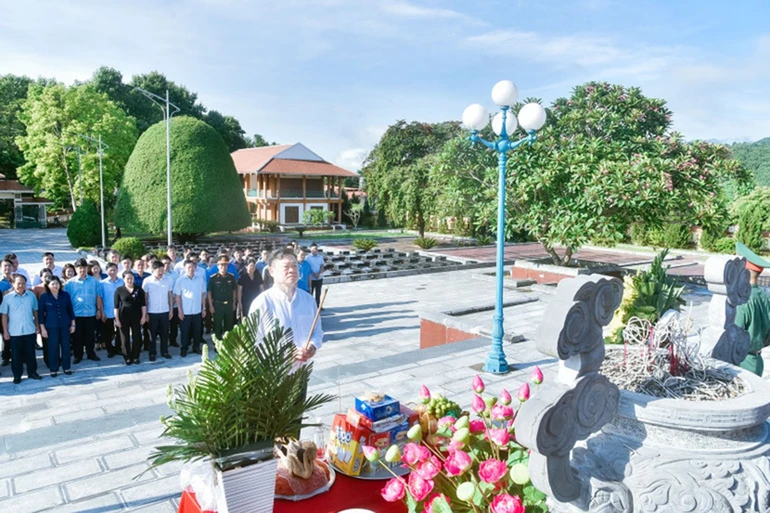 |
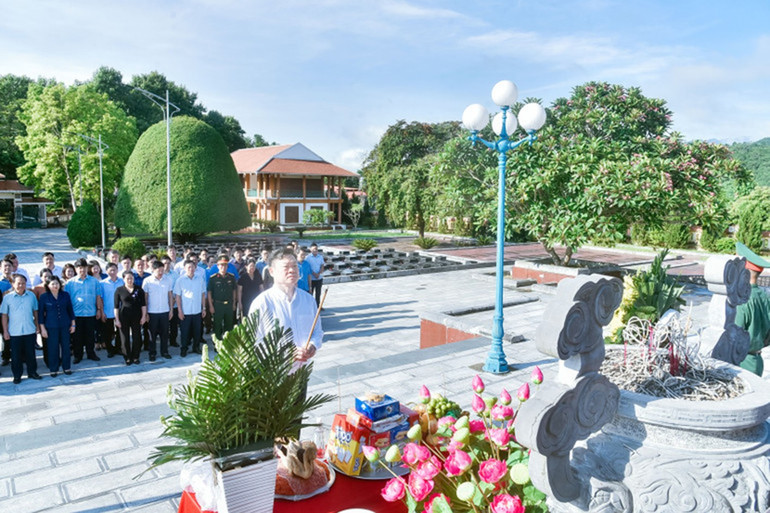
Comrade Hoang Duy Chinh, Secretary of the Provincial Party Committee, Head of the Provincial National Assembly Delegation, and provincial leaders offered incense at the Martyrs' Cemetery of Bac Kan province.
Special national relic of Cho Don Safety Zone (ATK)
During the resistance war against French colonialism, along with ATK Dinh Hoa (Thai Nguyen) and Tan Trao (Tuyen Quang), ATK Cho Don in Bac Kan province was considered the "Capital of the Resistance". Here, President Ho Chi Minh and the Party Central Committee made many important decisions, contributing to the victory of the resistance war and the nation building.
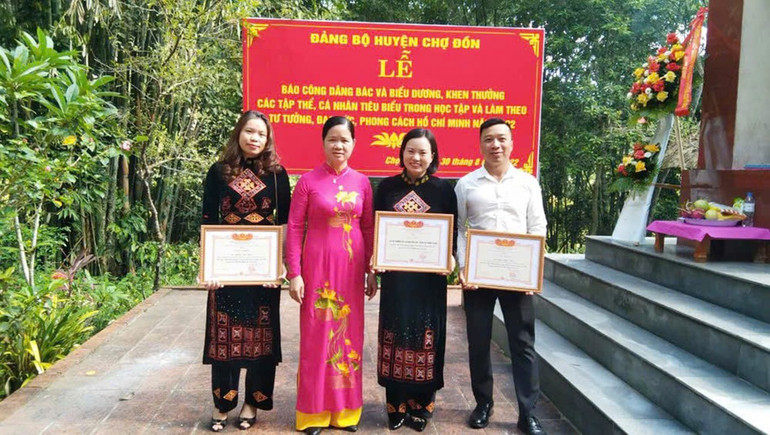
The Cho Don ATK complex includes 25 relic sites, of which 6 are ranked as national relic sites such as: Ban Ca, Na Quan (Binh Trung commune); Na Pau, Khau Ma hill (Luong Bang commune); Khuoi Linh, Pu Co hill (Nghia Ta commune). From 1947 to 1951, President Ho Chi Minh lived and worked in Ban Ca, Na Quan, Na Pau. At the same time, Cho Don ATK was also a place that ensured absolute safety for central agencies and key leaders such as General Secretary Truong Chinh, Prime Minister Pham Van Dong, etc. In particular, Na Quan hamlet was once the location of the Party Central Committee's conference hall, where the Border Campaign summary conference took place.
During the period 1946 - 1954, many important agencies of the Central Government were also located in Cho Don district, including: Su That Newspaper, Voice of Vietnam Radio, Military Technical Department, Cuu Quoc Newspaper Printing Factory, Money Printing Factory under the Ministry of Finance, Military School, Military Weapons Factory, Military Medical Surgery Station...
On December 22, 2016, the Prime Minister signed a Decision recognizing ATK Cho Don as a special national relic. By 2023, the plan to preserve, restore and promote the value of the relic has been approved, opening up a great opportunity to link historical values with tourism development.
Na Tu relic – the birthplace of Uncle Ho's immortal poem
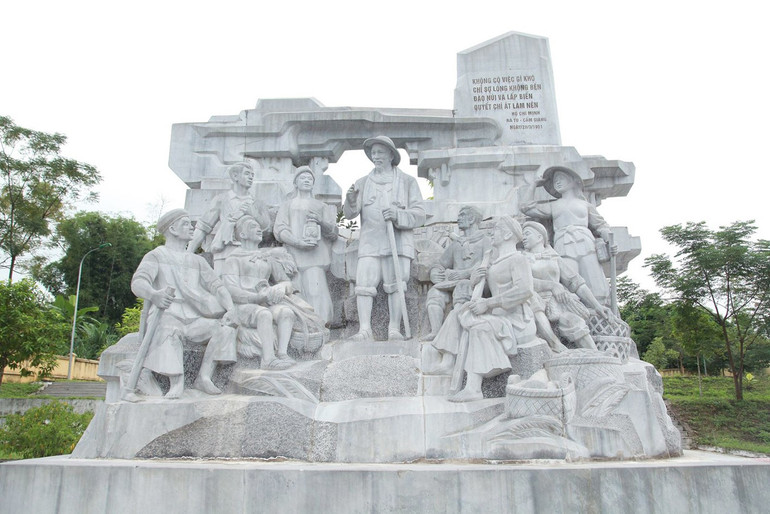
On March 28, 1951, on his way to work, President Ho Chi Minh visited and talked with the 312th Youth Volunteer Squadron at Na Tu Bridge (Cam Giang Commune, Bach Thong District). Here, he recited four famous verses:
Nothing is difficult/Only fear the heart is not strong/Digging mountains and filling seas/With determination, it can be done.
Those four lines of poetry have become a guiding principle for the Vietnamese youth generation. Musician Hoang Hoa later composed the song “Youth follow Uncle Ho’s words” inspired by this poem.
In 1996, Na Tu was recognized as a National Historical Relic. By 2011, the relic site was built and expanded with an area 11 times larger than before, becoming a meaningful destination in educating the younger generation about revolutionary traditions and patriotism.
Historical Site of Phu Thong Fort and Deo Giang Pass
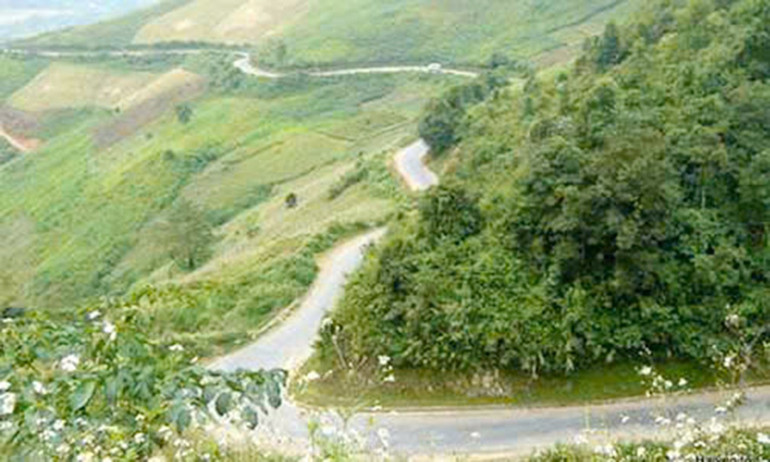
The battle of Phu Thong Fort on July 25, 1948 was the first battalion-scale siege battle of our army. Although not a complete victory, this battle affirmed the maturity of our combat capabilities, breaking the "small base" defense tactics of the French colonialists. After the battle, our army gained the initiative in the area of Bac Bach Thong.
The Phu Thong victory was commended by the Party Central Committee and the General Command; Battalion 11 was honored to be named “Phu Thong Battalion”. General Vo Nguyen Giap once commented that this was a battle of great significance, contributing to the accumulation of experience for later major campaigns, especially the Border Liberation Campaign and the Dien Bien Phu Campaign.
On March 27, 1998, Phu Thong Station was ranked as a National Historical Relic. On June 1, 1999, the People and Armed Forces of Phu Thong town were awarded the title of Hero of the People's Armed Forces.
Located on National Highway 3, Deo Giang is the border between Bach Thong and Ngan Son districts. During the Viet Bac Campaign in the Fall - Winter of 1947, the largest ambush took place here, causing heavy losses to the French army. This victory has recorded Deo Giang in history as a symbol of the bravery and clever tactics of the army and people of Bac Kan.
Currently, Bac Kan province has 120 relics, of which 84 have been ranked, including 02 special national relics, 08 national relics and 74 provincial relics. These relics have been promoting their value in traditional education and developing tourism to the source, contributing to preserving the precious historical values of Bac Kan homeland./.
Source: https://baobackan.vn/nhung-dia-chi-do-tren-que-huong-bac-kan-post70056.html



![[Photo] Prime Minister Pham Minh Chinh receives Swedish Minister of International Development Cooperation and Foreign Trade](https://vphoto.vietnam.vn/thumb/1200x675/vietnam/resource/IMAGE/2025/5/12/ae50d0bb57584fd1bbe1cd77d9ad6d97)
![[Photo] Prime Minister Pham Minh Chinh works with the Standing Committee of Thai Binh Provincial Party Committee](https://vphoto.vietnam.vn/thumb/1200x675/vietnam/resource/IMAGE/2025/5/12/f514ab990c544e05a446f77bba59c7d1)


![[Photo] Prime Minister Pham Minh Chinh starts construction of vital highway through Thai Binh and Nam Dinh](https://vphoto.vietnam.vn/thumb/1200x675/vietnam/resource/IMAGE/2025/5/12/52d98584ccea4c8dbf7c7f7484433af5)
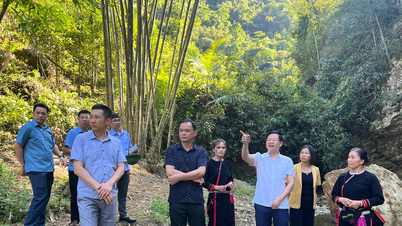

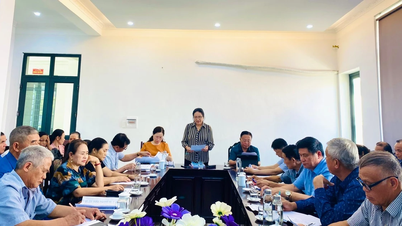
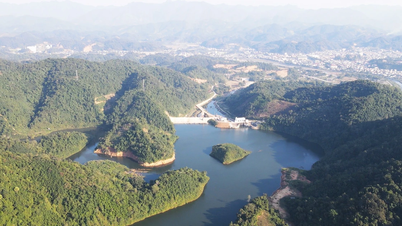






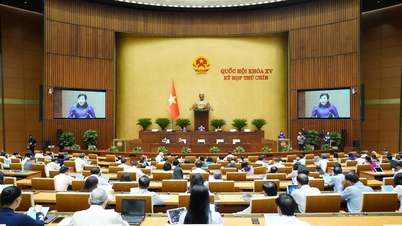
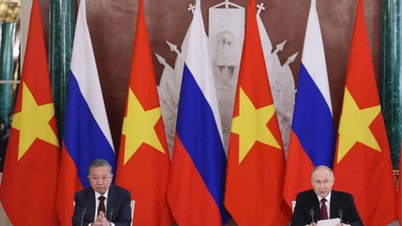

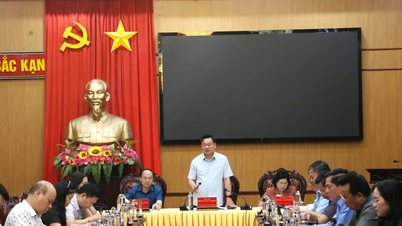
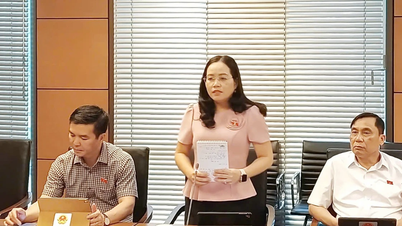




















































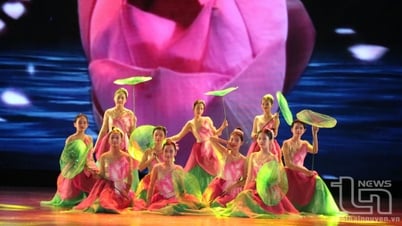

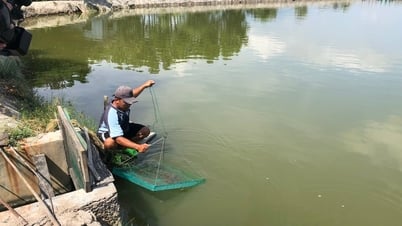


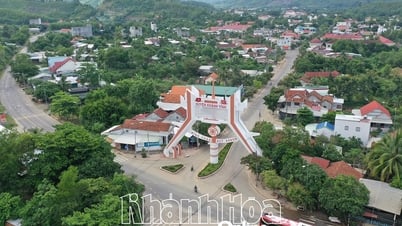











Comment (0)